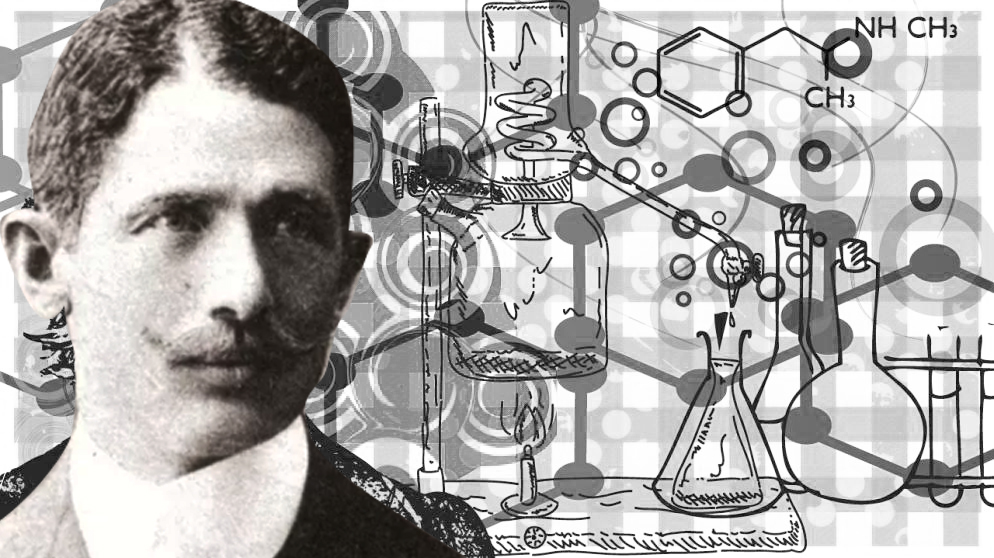
The first signs of the modernization and secularization of the Jewish community in Romania emerged in the second half of the nineteenth century, under the influence of the Haskalah movement, which was disseminated by young intellectuals and scholars, mainly from Galicia and Bessarabia, who laid foundations for Jewish communal and cultural institutions in Romania. Many Jewish intellectuals were also prominent in the broader Romanian cultural and scientific environment, including Iuliu Barasch, Benjamin Schwarzfeld and his sons Moses, and Wilhelm. These intellectuals, who had been educated in European universities or rabbinic seminaries, helped to modernize Jewish culture and education.
With the modernization of Romanian society, the second half of the nineteenth century also marked the appearance of Jewish intellectuals in the elite of Romanian cultural and scientific life. The Romanian language became the language of secular forms of culture, both in the Jewish press and literature, historiography and Jewish studies. Some of those intellectuals, Moses Schwarzfeld above all, researched and wrote the history of Romanian Jews, and among the first Romanian philologists and linguists were Moses Gaster, Heinrich Tiktin, and Lazăr Șăineanu ,who made significant contributions to this field.
As the first universities in Romania were founded in the second half of the nineteenth century, the first scientists, including Jewish scientists were educated in European universities. Dr. Iuliu Barasch, who received his doctorate of medicine in Berlin, was appointed professor at the school of surgery in Bucharest in1855, becoming the first Jew to lecture at a Romanian university. Barasch, was the first in a long line of Jewish scientists in Romania, and the editor of Isis Natura, the first magazine of popular science in Romania. David Emmanuel received his PhD in mathematics from the Sorbonne University in1879, and became professor at the University of Bucharest and at the Polytechnic School. Lazăr Edeleanu, who received his PhD in chemistry in Berlin in 1887, is known for being the first to synthesize amphetamine, and is considered to be the founder of the petrochemical industry in Romania.
After World War II, Jews participated in the development of the basic and applied research in Romania. Before World War II basic scientific research was conducted mainly by Universities, and only in the late 1940s, institutes of basic and applied scientific research in mathematics, physics, physical chemistry, applied mechanics, and energy were founded in the framework of the Romanian Academy.
From the 1960s, an increasingly accelerated process was set off to “nationalize” party and state bodies by removing Jews from positions of leadership. At the same time, a significant number of Jewish intellectuals were able to pursue their work, some of them becoming prominent in the fields of science and culture. Linguists Alexandru Graur, Jacques Byck, Iancu Fischer, Henri Wald, and Solomon Marcus, and the literary historian Paul Cornea acquired a remarkable renown and Nicolae Cajal, physician and specialist in the research of virology, was elected member of the Romanian Academy in 1990, and in 1994 became its vice- president.